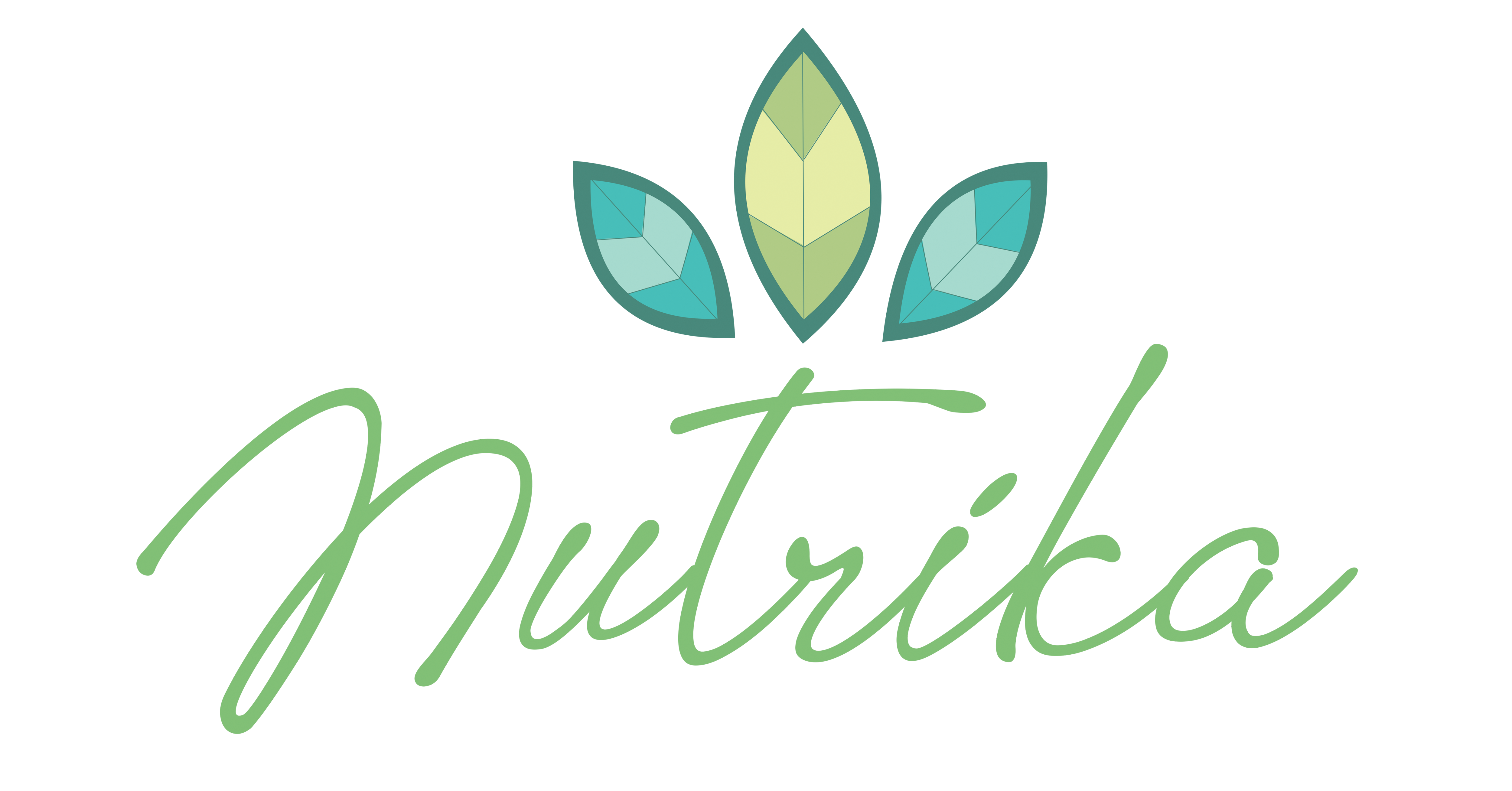In 2018, the United States increased corporate tax GDP by 1.1%, lower than the OECD average of 3.0%. Denmark and Sweden, with 2.9% and 3.0% of GDP respectively, reached a share similar to the OECD average. Norway is the exception with business incomes amounting to 6.0% of GDP. Norway is located on large oil reserves and imposes a 78% corporate tax rate on commodity activities on companies. Similarly, most U.S. states charge a state sales tax, but some do not. However, states without sales or income taxes can add or increase other taxes to offset the deficit, such as .B introduction of higher property tax rates. In comparison, the U.S. levies its highest income tax rate of 43.7% (federal and state combined) at 9.3 times the average U.S.
income (about $500,000). This means that a comparatively smaller proportion of taxpayers face the highest tax rate. A corporate income tax (IRS) is levied by the federal and state governments on corporate profits. Many businesses are not subject to the IRS because they are taxed as intermediary businesses, with income reported as personal income tax. The highest income tax rates are quite high in the Scandinavian countries, with the exception of Norway. Denmark`s highest statutory income tax rate is 55.9%, Norway 38.4% and Sweden 57.1%. Sales taxes are high in Sweden, but you don`t see them, making them easier to pay. If something costs 100 crowns, pay the 100 crowns! It is only when you look at the receipt that you see that it costs 80 crowns and 20 crowns for VAT.
Many things are taxed at lower rates — 12% for dinner or groceries, 6% (just half a percent more than our Madison sales tax) for books and tickets to cultural events and travel around the country. Health-related elements: zero percent. Taxes come in many forms, including sales tax, income tax, property tax, inheritance and estate tax, excise tax, etc. In addition, tax rates and regulations vary greatly from country to country and even in different parts of the same country. In 2018, Denmark collected about 9.7% of GDP through VAT, Norway about 8.5% and Sweden about 9.3% of GDP. All three countries have VAT rates of 25%. The United States does not have a national sales tax or sales tax. Instead, states collect sales taxes. The average tax rate across the country is around 6.6%. Because of the much lower rate, combined with a narrower base, U.S.
sales taxes collect only about 2% of GDP in revenue. A tax bracket is the range of benefits that are taxed at certain rates, which generally differ depending on the reporting status. In a progressive personal or corporate income tax system, rates increase as income increases. There are seven personal income tax brackets at the federal level; the federal corporate tax system is stable. Finally, most governments that levy taxes charge different percentages depending on the amount of income or the type of property to be taxed. For example, a person earning $40,000 a year can pay 12% income tax, while their neighbor earning $200,000 will pay 25% or more. Similarly, sales of basic necessities such as food are usually taxed at a much lower rate than sales of luxury items such as tobacco products or a new car. Sole proprietors who have a Swedish personal number and companies who have a representative who has a Swedish personal number and who is also authorised to sign on behalf of the company (authorised to sign by himself) can submit the application electronically via the website verksamt.se. Verksamt.se is jointly managed by the Swedish Tax Authority, the Swedish Commercial Register and the Swedish Agency for Economic and Regional Growth.
Other foreign companies can submit their application directly by post to the international tax offices[11] of the Swedish tax administration. Upon registration with the Swedish tax authorities, the foreign company receives a unique Swedish identification number. In order for natural persons to obtain such a number, they must prove their identity with a passport or other identity card or document. For a legal person, it is necessary that the identity is verified by a form of certified registration/incorporation document and that the representative proves his power of representation (signature) on behalf of the legal person when applying for tax registration. Foreign legal entities operating in Sweden should first contact the Swedish Commercial Register to ask if they are obliged to register a branch. If such registration is made with the Swedish Commercial Register, they will receive a Swedish registration number from the Swedish Tax Administration. Contact details are available on the website of the Swedish Commercial Register. Other taxes (e.g. B property tax, which is important in many countries such as the United States) and payroll tax are not shown here. The table is not exhaustive to show the actual tax burden of the company or individual in the listed country. The tax rates displayed are marginal and do not take into account deductions, exemptions or rebates. The effective interest rate is usually lower than the marginal rate.
Tax rates in federations (such as the United States and Canada) are average and vary by state or province. Territories that have different rates for their respective nations are printed in italics. Barbados (5.5%), Uzbekistan (7.5%), Hungary (9.0%) and Montenegro (9.0%) have very low corporate tax rates – but several countries like Vanuatu, Bermuda and Bahrain have no corporate tax at all. The effective tax rate in Sweden is commonly considered to be one of the highest in the world; see the list of countries by tax rate. The taxable amount is the total amount of income, assets, assets, consumption, transactions or any other economic activity subject to taxation by a tax administration. .
